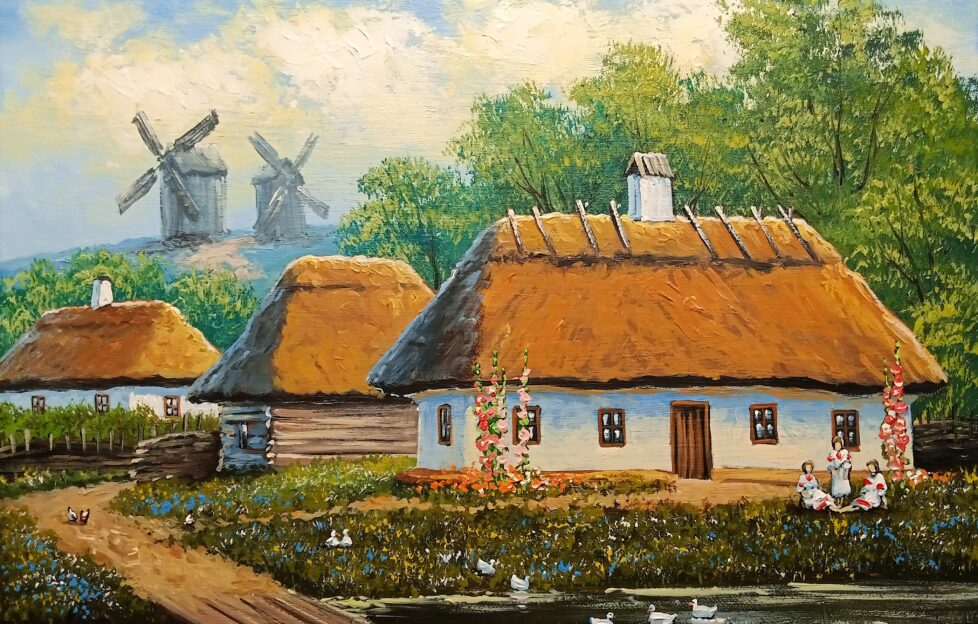Description And Setting In Stories

I want to show simple ways of highlighting description and setting in stories.
These tips will stand you in good stead if you want to submit your next story to the “Friend” for publication!
Description
Description is important in stories as it will give the reader an insight into characters and how they interact with the world around them.
It’s all well and good describing if a character is short, tall, short-sighted or has 20/20 vision. But the key is to show these attributes naturally unfolding through the course of a story.
If your character is tall, maybe this can have a storytelling impact.
Said character might have long legs that he, or she, has problems fitting under a restaurant table.
Cue a comedy moment if another character notices this discomfort when food or drink is spilled. This, in turn, might lead to a romantic meeting.
With description, it’s all about painting a scene for the reader, encouraging them to use their imaginations.
For example, the décor of the aforementioned restaurant can help instil a sense of cosiness for a romantic meal.
Setting
Setting is simply story location. It also involves a time period and natural environment.
Bringing these elements to life in a story will create a richer experience for the reader.
A story set in a sleepy village lends itself to a sedate tone.
Yet placing a dead body in a hay shed will change the mood to that of intrigue.
Overall, the rural atmosphere should still be evident throughout the course of the story, adding varying degrees of tension – think community distrust of outsiders and stony silences.
Don’t be put off from writing a story set in another century.
Research can be your friend here and, when it comes to good fiction, character believability is key.
Human behaviour, its hopes and failings, transcends time.
To finish with, natural environment is another aspect of establishing story mood.
A summer romance in Venice lends itself to dreamy escapism, but it will be escape of a different kind if a character is trapped in a snowy landscape.
Description and setting is all about transporting yourself, and the reader, into the heart of a story.
For more great writing hints and tips from the Fiction team, click here.





